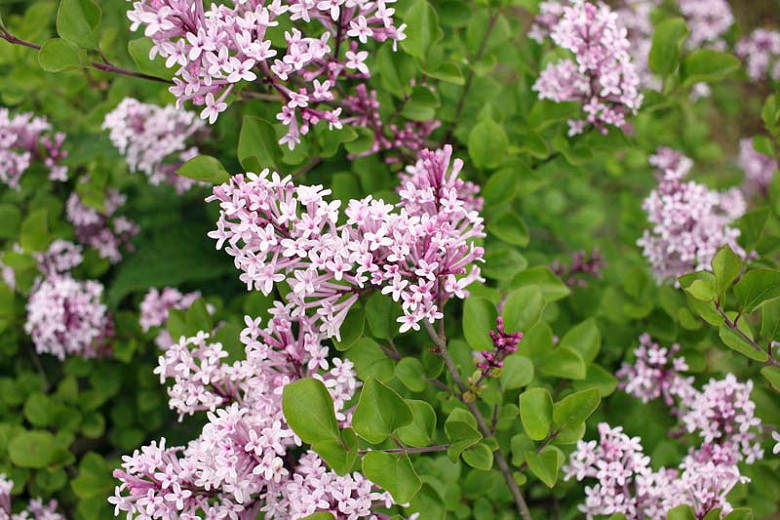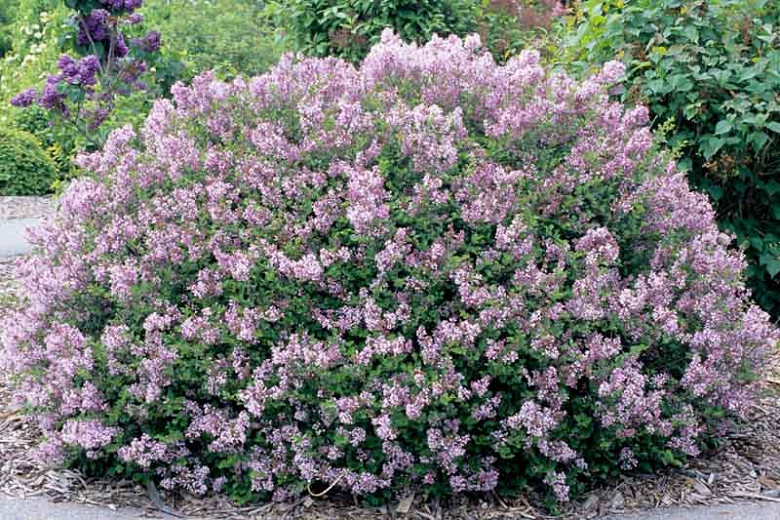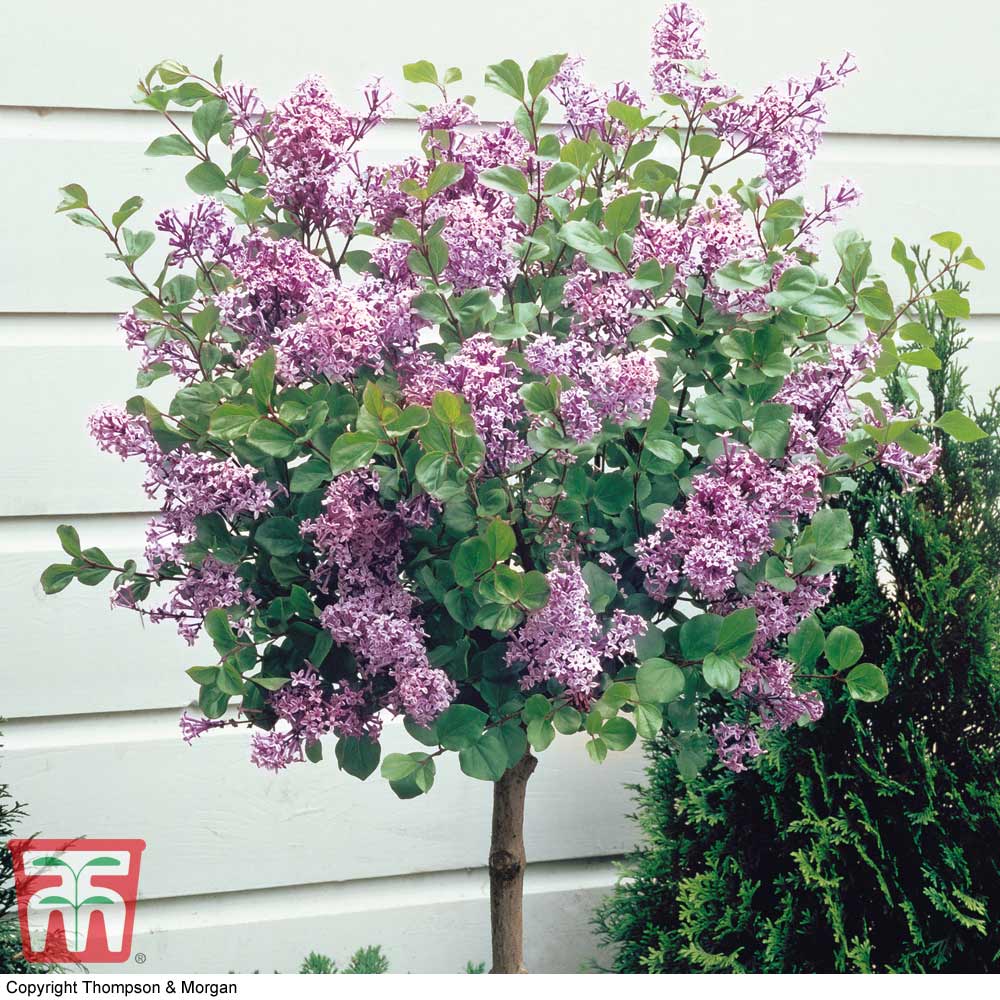Palibin Lilac: The Perfect Shrub For Small Gardens
Title: Palibin Lilac: The Perfect Shrub for Small Gardens
Introduction:
Lilacs are a popular choice for gardens of all sizes, but if you have a small space, you may be wondering if there's a lilac that's right for you. The good news is that there is! Palibin lilac is a dwarf variety that grows just 3-4 feet tall and wide, making it perfect for even the smallest gardens.
In addition to its compact size, Palibin lilac is also known for its beautiful flowers. The blooms are a delicate lilac-pink color and they have a sweet fragrance that will fill your garden with springtime cheer. Palibin lilac is also relatively easy to care for, making it a great choice for even novice gardeners.
Main Content:
- History and Origin: Palibin lilac is a hybrid of two lilac species: Syringa meyeri and Syringa vulgaris. It was first introduced in Germany in 1910 by Karl Palibin, after whom it is named.
- Growing Conditions: Palibin lilac is a hardy shrub that can tolerate a wide range of conditions. It prefers full sun, but it will also tolerate partial shade. The soil should be well-drained and loamy.
- Planting and Care: Palibin lilac can be planted in the spring or fall. When planting, dig a hole that is twice as wide as the root ball. Backfill the hole with soil and water well. Palibin lilac does not require a lot of care, but it should be watered regularly during the first year after planting. Fertilize once a year in the spring with a balanced fertilizer.
- Pests and Diseases: Palibin lilac is relatively resistant to pests and diseases. However, it can be susceptible to powdery mildew. If powdery mildew does occur, you can treat it with a fungicide.
- Propagation: Palibin lilac can be propagated by cuttings or layering. Cuttings should be taken in the spring or summer. Layering can be done in the spring or fall.
- Uses: Palibin lilac can be used in a variety of ways in the garden. It can be planted as a specimen shrub, in a mixed border, or as a hedge. It is also a good choice for container gardening.
Conclusion:
Palibin lilac is a beautiful and versatile shrub that is perfect for small gardens. It is easy to care for and it will provide you with years of enjoyment. If you are looking for a lilac that is perfect for your small space, Palibin lilac is the perfect choice.
Palibin lilac is a beautiful and fragrant shrub that is perfect for small gardens. It is known for its compact size, upright growth habit, and abundant clusters of lavender-pink flowers. Palibin lilac is also relatively easy to care for, making it a great choice for even novice gardeners.
If you are interested in learning more about palibin lilac, I encourage you to visit Garden Wiki. This website has a wealth of information about the plant, including its history, care requirements, and pest and disease resistance.
FAQ of palibin lilac
What is Palibin lilac?
Palibin lilac is a dwarf variety of lilac that is native to Korea. It is known for its fragrant, pale purple flowers that bloom in late spring. Palibin lilac is a compact shrub that grows to be about 3 feet tall and wide. It is a hardy plant that is tolerant of a wide range of soil conditions.
Where can I grow Palibin lilac?
Palibin lilac can be grown in USDA hardiness zones 3-8. It prefers full sun but can tolerate partial shade. The soil should be well-drained and loamy.
How do I care for Palibin lilac?
Palibin lilac is a relatively easy plant to care for. It needs to be watered regularly, especially during the first year after planting. It should be fertilized in the spring with a balanced fertilizer. Palibin lilac does not need to be pruned often. However, you can prune it in late winter or early spring to remove dead or diseased branches.
What are some common problems with Palibin lilac?
The most common problem with Palibin lilac is powdery mildew. This fungal disease can cause the leaves to become covered in a white powdery film. If your Palibin lilac has powdery mildew, you can treat it with a fungicide. Other problems that can affect Palibin lilac include aphids, scale, and borers.
How can I propagate Palibin lilac?
Palibin lilac can be propagated by cuttings or by layering. To propagate by cuttings, take 6-inch cuttings in the spring or summer. Root the cuttings in a well-drained potting mix. To propagate by layering, bend a branch down to the ground and cover it with soil. The branch will root and you can then transplant it to a new location.
Image of palibin lilac
- Image 1: A close-up of a palibin lilac flower, showing the delicate petals and the sweet fragrance.

- Image 2: A cluster of palibin lilac flowers, in full bloom.

- Image 3: A palibin lilac shrub, showing the dark green leaves and the cascading branches of flowers.

- Image 4: A palibin lilac tree, with a single trunk and a spreading canopy of flowers.

- Image 5: A palibin lilac in a pot, on a patio or deck.

- Image 6: A palibin lilac in a hedge, forming a colorful and fragrant barrier.

- Image 7: A palibin lilac in a garden, adding a touch of elegance and beauty.

- Image 8: A palibin lilac in a vase, making a beautiful centerpiece for a table.

- Image 9: A palibin lilac in a bouquet, a gift of love and beauty.

- Image 10: A palibin lilac in a painting, capturing the beauty of this delicate flower.
Post a Comment for "Palibin Lilac: The Perfect Shrub For Small Gardens"